Antigen recognition and activation of T-cells. T-cells can




















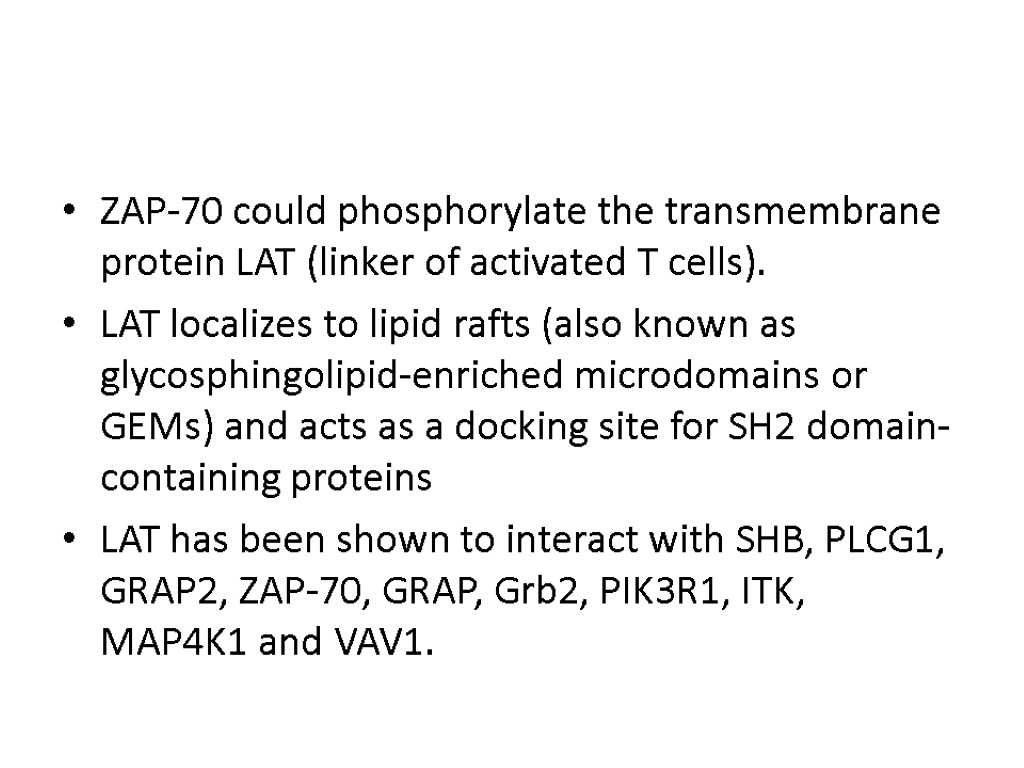



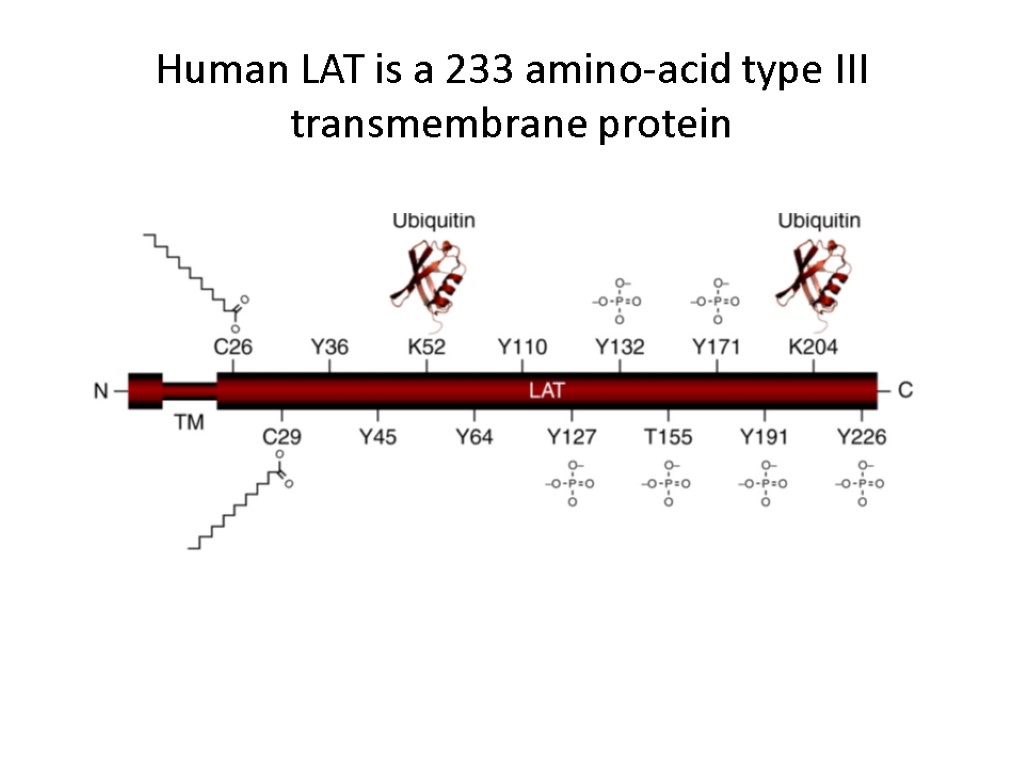

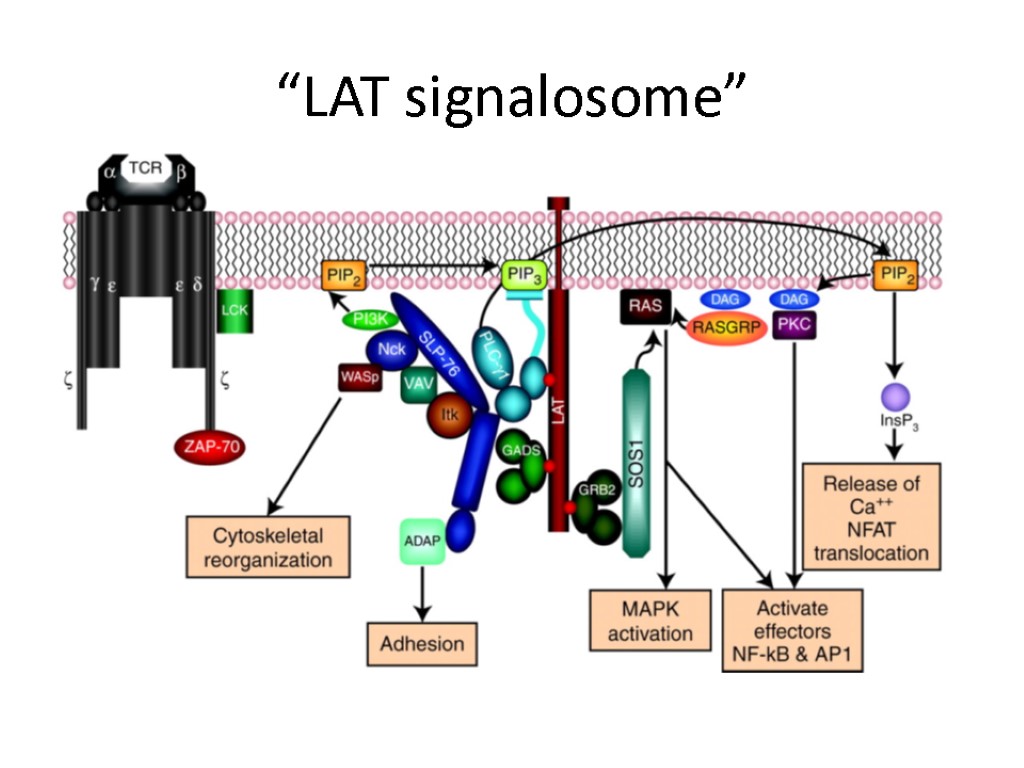
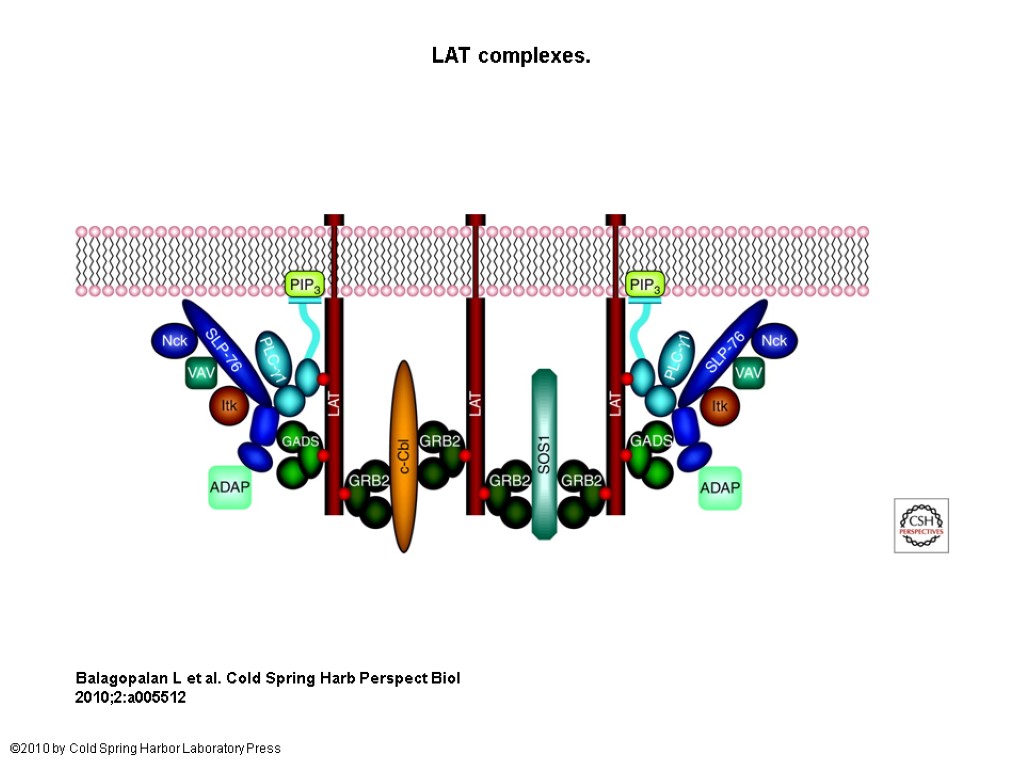
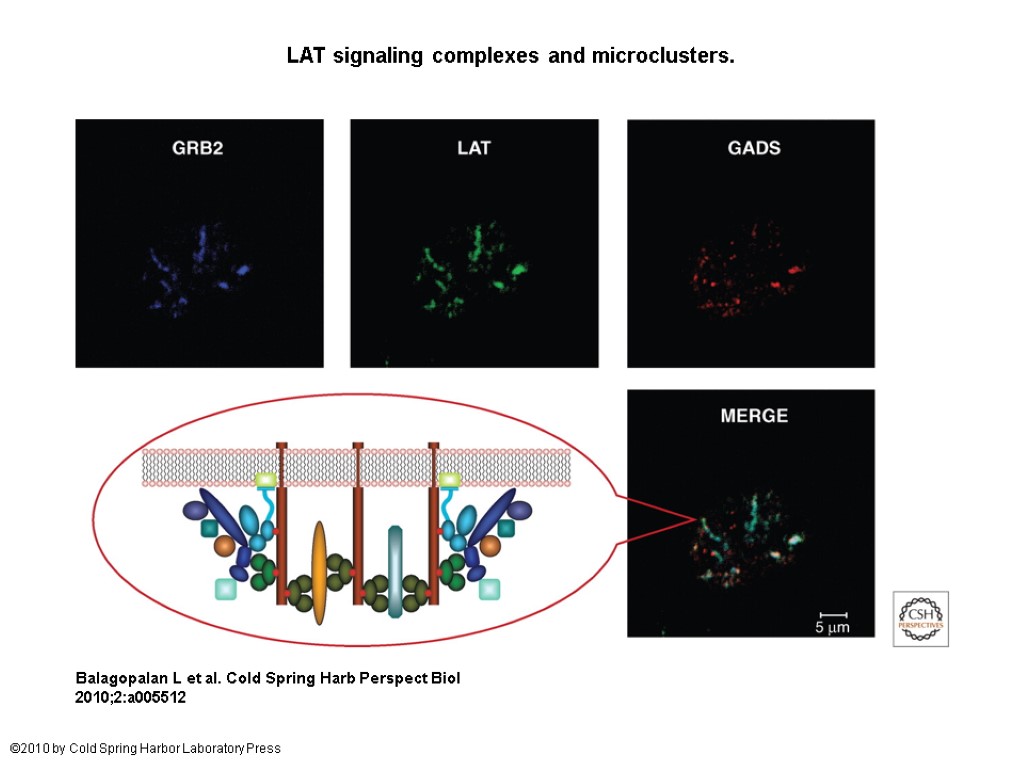
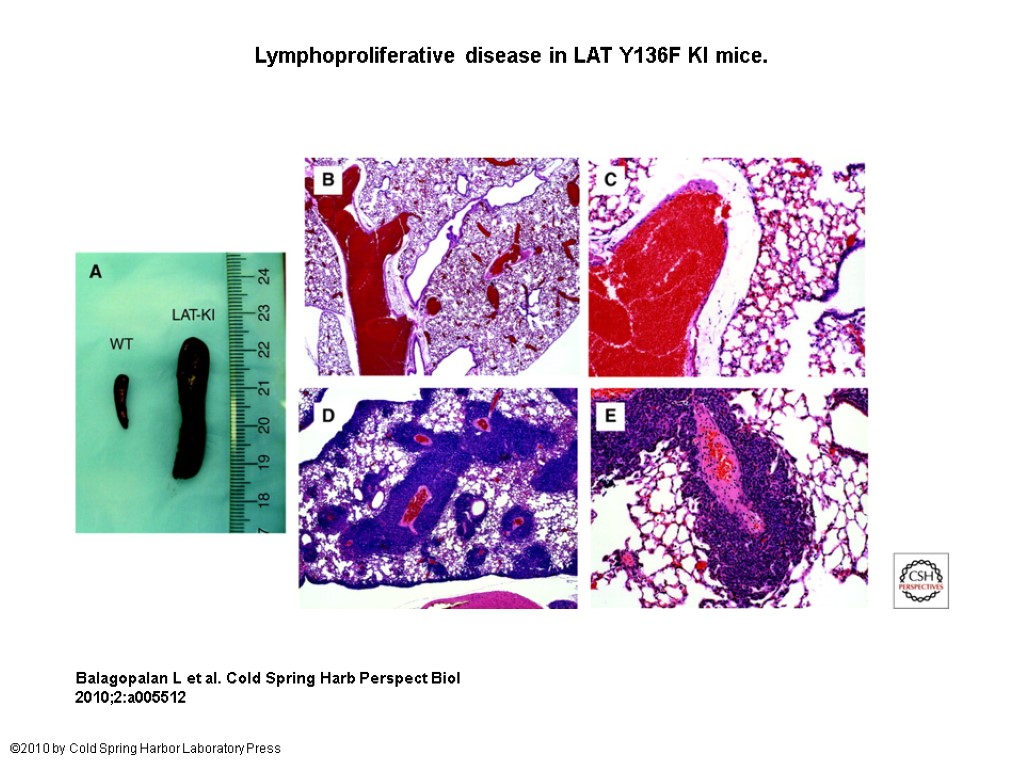
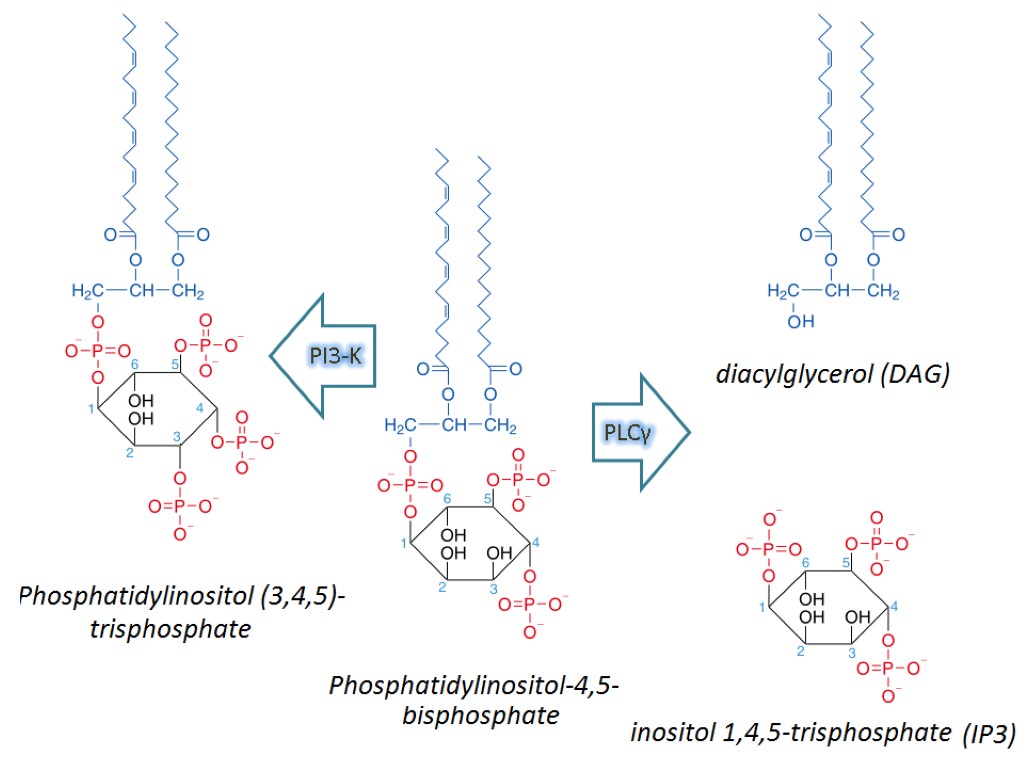
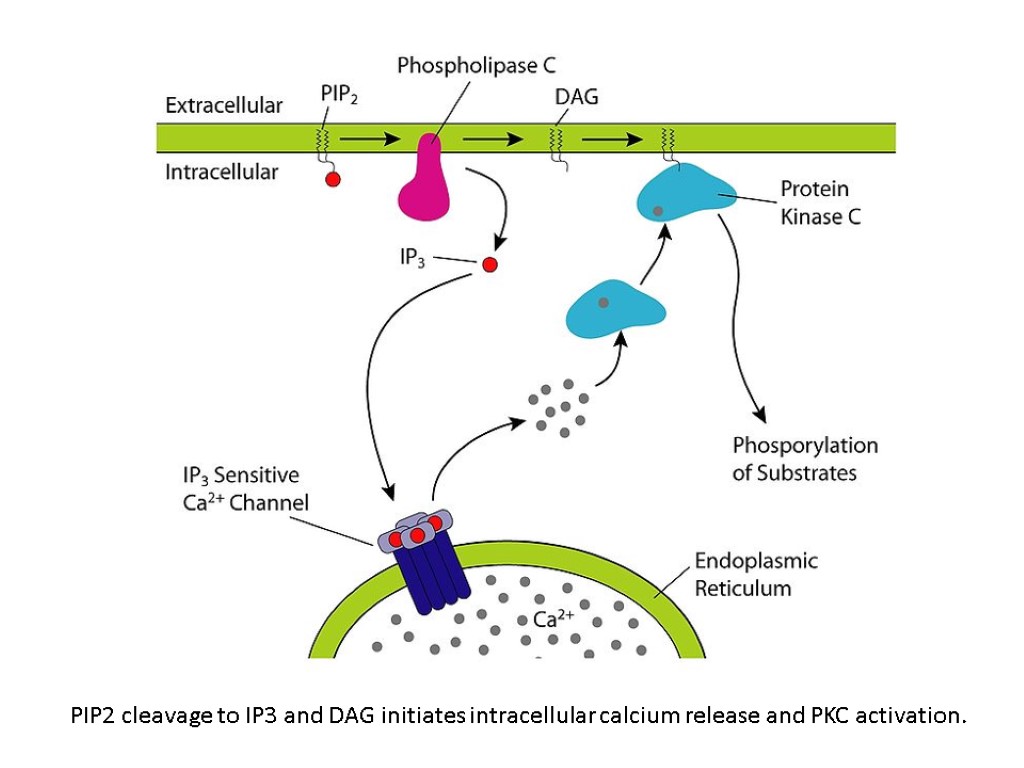
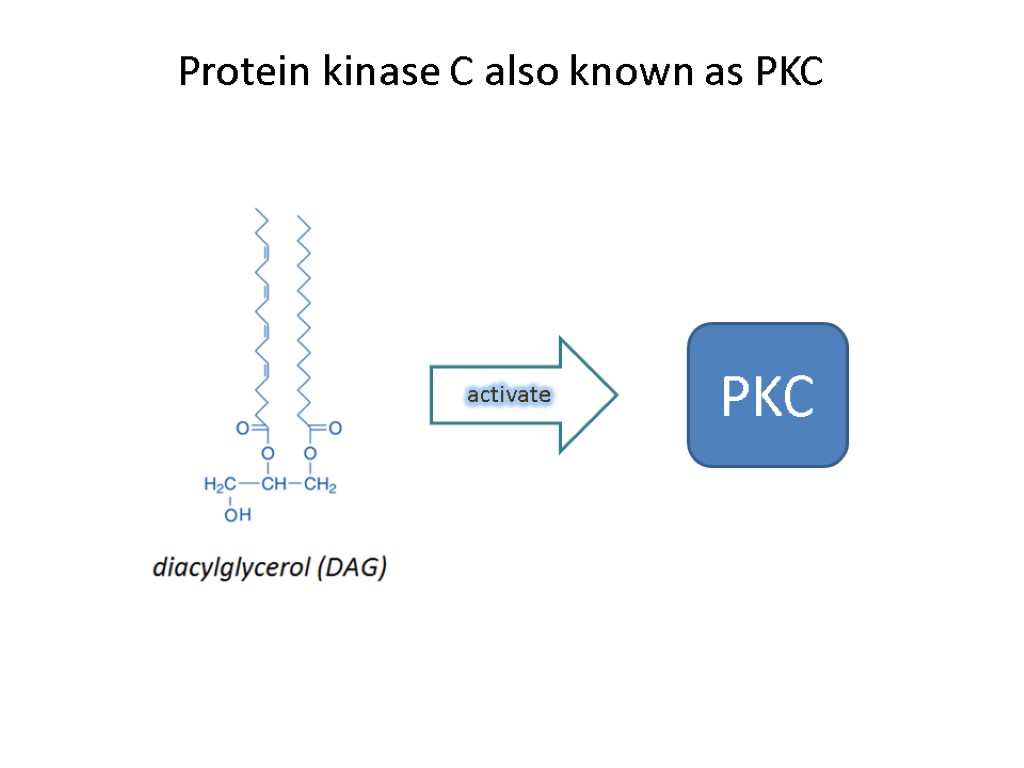
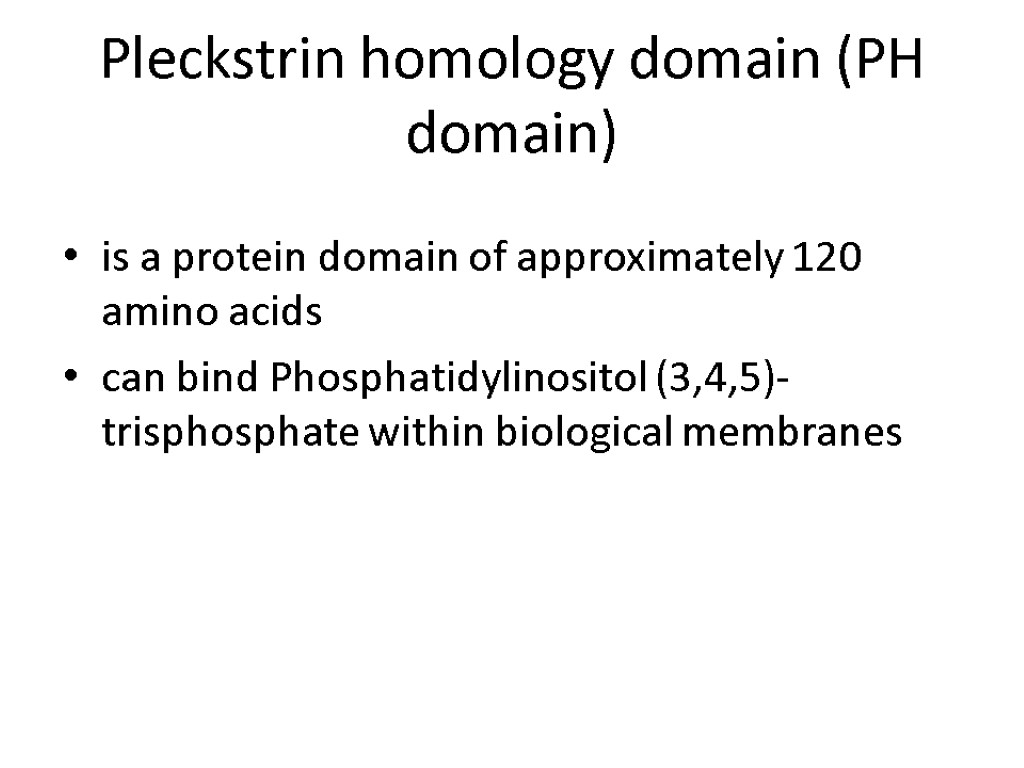
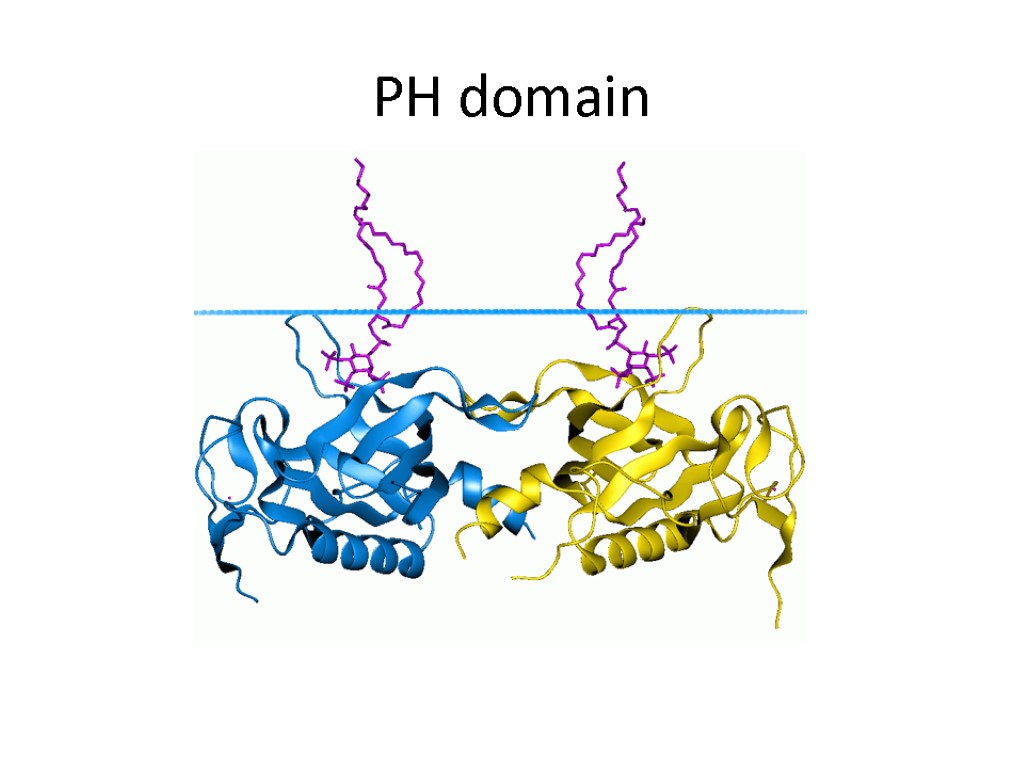
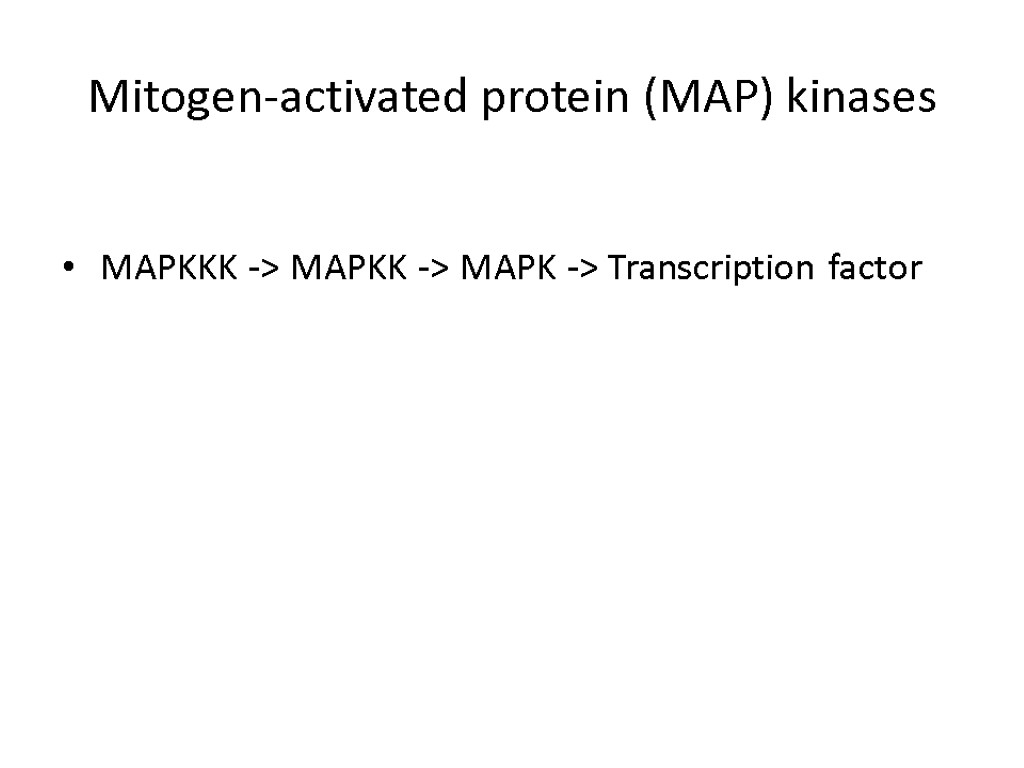
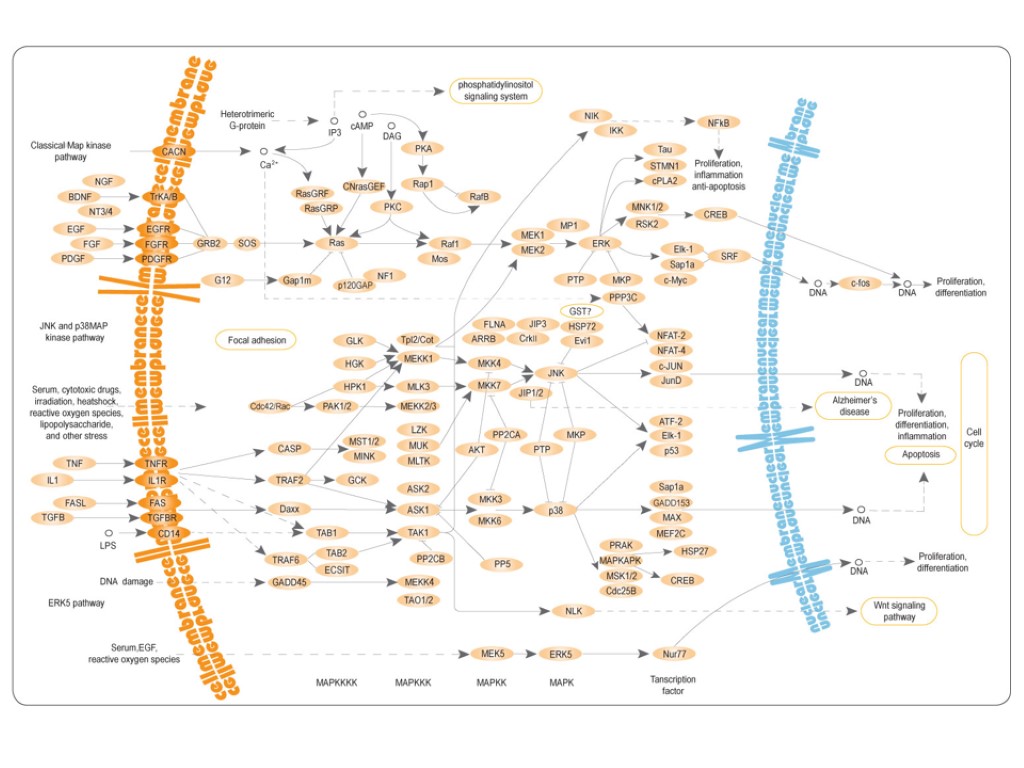
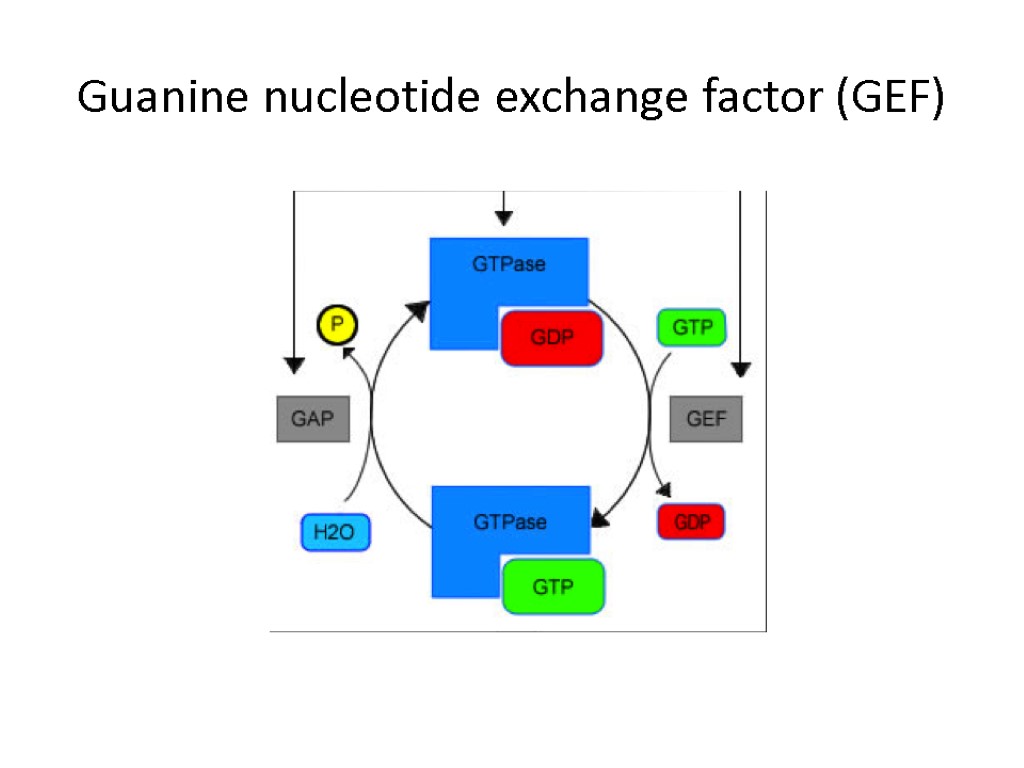
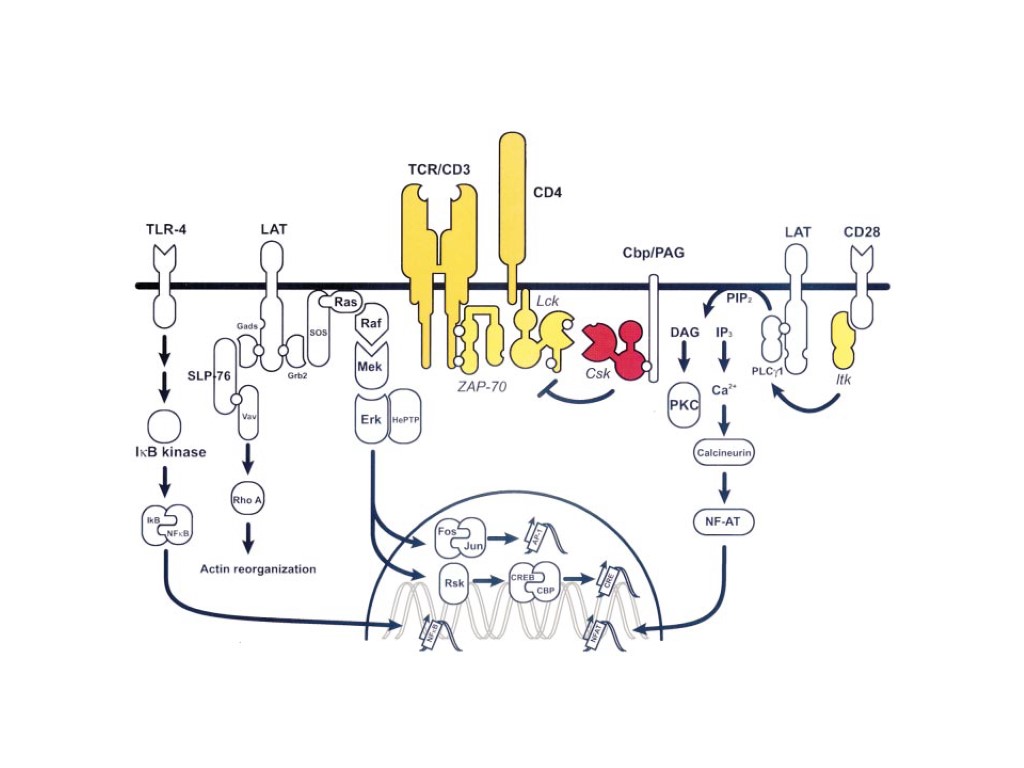

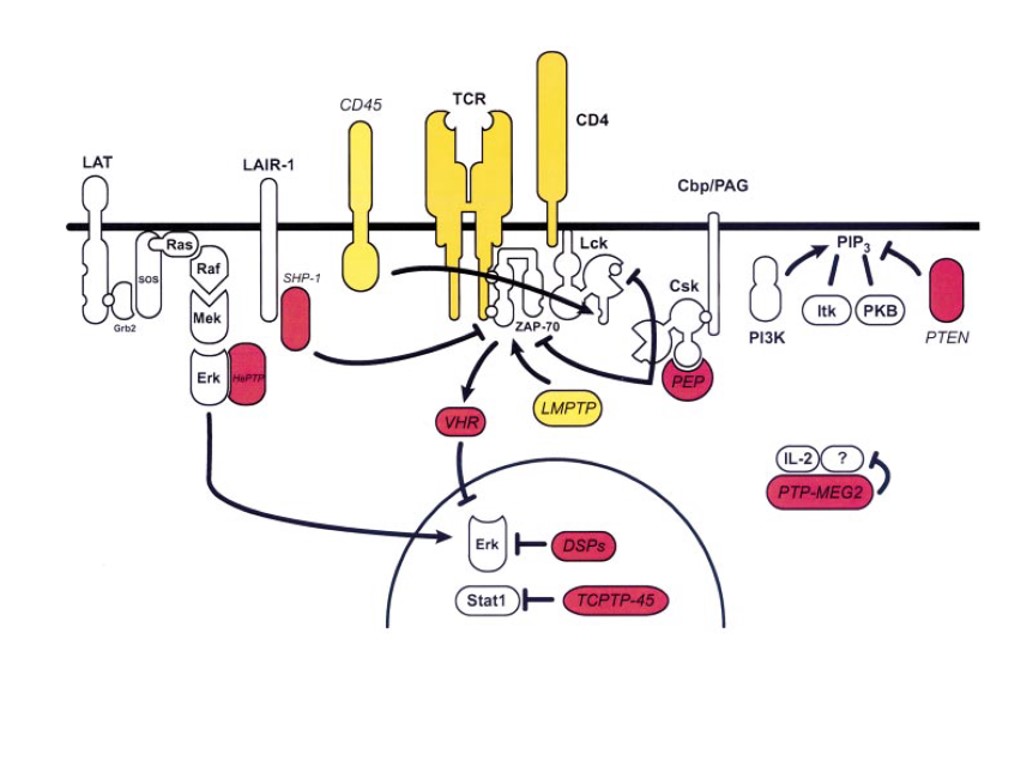
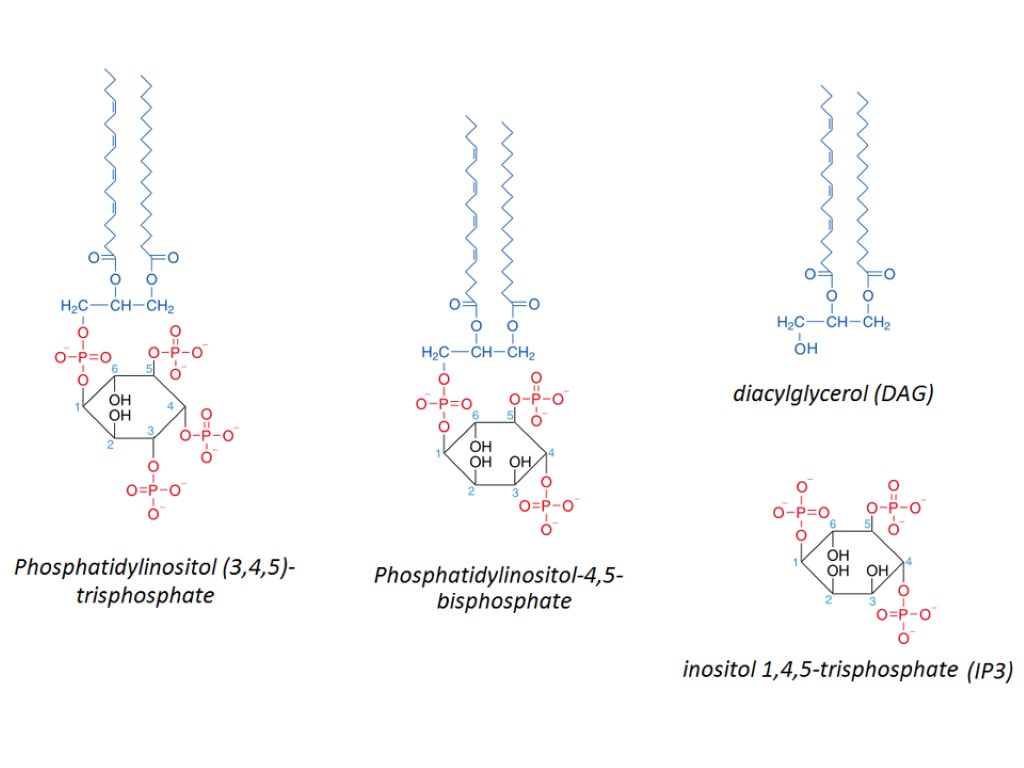
antigen_recognition_and_activation_of_t-cells_2.ppt
- Количество слайдов: 41
 Antigen recognition and activation of T-cells
Antigen recognition and activation of T-cells
 T-cells can be distinguished from other lymphocyte types, such as B cells and NK cells by the presence of T cell receptors (TCR) The TCR is a molecule found on the surface of T cells that is, in general, responsible for recognizing antigens bound to major histocompatibility complex (MHC) molecules
T-cells can be distinguished from other lymphocyte types, such as B cells and NK cells by the presence of T cell receptors (TCR) The TCR is a molecule found on the surface of T cells that is, in general, responsible for recognizing antigens bound to major histocompatibility complex (MHC) molecules
 Subsets of T cells: T helper cell (TH cells) assist other white blood cells in immunologic processes, including maturation of B cells into plasma cells and memory B cells, and activation of cytotoxic T cells and macrophages, among other functions (CD4+) Cytotoxic T cells (TC cells, or CTLs) destroy virally infected cells and tumor cells, and are also implicated in transplant rejection (CD8+) Regulatory T cells (Treg cells), formerly known as suppressor T cells, are crucial for the maintenance of immunological tolerance (CD4+CD25+FoxP3+) Natural killer T cells (NKT cells) are a special kind of lymphocyte that that recognize glycolipid antigen presented by a molecule called CD1d γδ T cells (gamma delta T cells) represent a small subset of T cells (2% of total T cells) that possess a distinct T cell receptor (TCR) on their surface and rapidly respond to a set of non-peptidic phosphorylated isoprenoid precursors, collectively named phosphoantigens (isopentenyl pyrophosphate (IPP) and its isomer dimethylallyl pyrophosphate (DMAPP)) Memory T cells are a subset of antigen-specific T cells that comprise two subtypes: central memory T cells (TCM cells) and effector memory T cells (TEM cells).
Subsets of T cells: T helper cell (TH cells) assist other white blood cells in immunologic processes, including maturation of B cells into plasma cells and memory B cells, and activation of cytotoxic T cells and macrophages, among other functions (CD4+) Cytotoxic T cells (TC cells, or CTLs) destroy virally infected cells and tumor cells, and are also implicated in transplant rejection (CD8+) Regulatory T cells (Treg cells), formerly known as suppressor T cells, are crucial for the maintenance of immunological tolerance (CD4+CD25+FoxP3+) Natural killer T cells (NKT cells) are a special kind of lymphocyte that that recognize glycolipid antigen presented by a molecule called CD1d γδ T cells (gamma delta T cells) represent a small subset of T cells (2% of total T cells) that possess a distinct T cell receptor (TCR) on their surface and rapidly respond to a set of non-peptidic phosphorylated isoprenoid precursors, collectively named phosphoantigens (isopentenyl pyrophosphate (IPP) and its isomer dimethylallyl pyrophosphate (DMAPP)) Memory T cells are a subset of antigen-specific T cells that comprise two subtypes: central memory T cells (TCM cells) and effector memory T cells (TEM cells).
 TCR and CD3 complex ITAM - immunoreceptor tyrosine-based activation motifs
TCR and CD3 complex ITAM - immunoreceptor tyrosine-based activation motifs
 TCR co-receptors: CD4 – for Th (that is specific for class II MHC). CD8 – for CTL (that is specific for class I MHC).
TCR co-receptors: CD4 – for Th (that is specific for class II MHC). CD8 – for CTL (that is specific for class I MHC).
 CD4 CD4 uses its D1 domain to interact with the β2-domain of MHC class II molecules.
CD4 CD4 uses its D1 domain to interact with the β2-domain of MHC class II molecules.
 CD8 The extracellular domain of CD8-α interacts with to the α3 portion of the Class I MHC molecule
CD8 The extracellular domain of CD8-α interacts with to the α3 portion of the Class I MHC molecule
 T-cell activation The mechanism by which a T-cell elicits this response upon contact with its unique antigen is termed T-cell activation
T-cell activation The mechanism by which a T-cell elicits this response upon contact with its unique antigen is termed T-cell activation
 Early signaling steps implicate the following molecules: Lck - Associated with the transmembrane tail of CD4 Fyn - Associated with ITAMs of the TCR complex CD45 - The transmembrane tail of which functions as a Tyrosine phosphatase Zap70 - Binds to ITAM sequences upon phosphorylation by Lck and Fyn
Early signaling steps implicate the following molecules: Lck - Associated with the transmembrane tail of CD4 Fyn - Associated with ITAMs of the TCR complex CD45 - The transmembrane tail of which functions as a Tyrosine phosphatase Zap70 - Binds to ITAM sequences upon phosphorylation by Lck and Fyn
 Lck (lymphocyte-specific protein tyrosine kinase) and Fyn are members of the Src family of tyrosine kinases.
Lck (lymphocyte-specific protein tyrosine kinase) and Fyn are members of the Src family of tyrosine kinases.
 Src (pronounced "sarc" as it is short for sarcoma) is a proto-oncogene encoding a tyrosine kinase originally discovered by J.Michael Bishop and Harold E. Varmus, for which they won the 1989 Nobel Prize in Physiology or Medicine This gene is similar to the v-src gene of Rous sarcoma virus v-src lacks the C-terminal inhibitory phosphorylation site (tyrosine-527), and is therefore constitutively active
Src (pronounced "sarc" as it is short for sarcoma) is a proto-oncogene encoding a tyrosine kinase originally discovered by J.Michael Bishop and Harold E. Varmus, for which they won the 1989 Nobel Prize in Physiology or Medicine This gene is similar to the v-src gene of Rous sarcoma virus v-src lacks the C-terminal inhibitory phosphorylation site (tyrosine-527), and is therefore constitutively active
 Structure of Src kinase P Binds to proline-rich region of proteins Binds to phosphotyrosines in proteins Could phosphorylate tyrosine residues Could be phosphorylated Binds to membrane
Structure of Src kinase P Binds to proline-rich region of proteins Binds to phosphotyrosines in proteins Could phosphorylate tyrosine residues Could be phosphorylated Binds to membrane


 In resting normal T-cells (a), Csk is present in lipid rafts through interaction with phospho-Tyr-317 in Cbp/PAG. This imposes a tonic inhibition of T-cell activation through Csk-mediated phosphorylation of the Lck regulatory site (Tyr-505). Engagement of the TCR (b) results in dephosphorylation of Cbp by an unknown PTPase, dissociation of Csk from lipid rafts and displacement from its substrate Lck, leading to activation of Lck and allowing for initiation of the TCR-induced tyrosine-phosphorylation cascade. However, after 2±5 min of activation (c), Cbp/PAG Tyr-317 is re-phosphorylated by Lck and/or Fyn thereby recruiting Csk back into lipid rafts. this terminates Lck and Fyn activity and turns off TCR signalling.
In resting normal T-cells (a), Csk is present in lipid rafts through interaction with phospho-Tyr-317 in Cbp/PAG. This imposes a tonic inhibition of T-cell activation through Csk-mediated phosphorylation of the Lck regulatory site (Tyr-505). Engagement of the TCR (b) results in dephosphorylation of Cbp by an unknown PTPase, dissociation of Csk from lipid rafts and displacement from its substrate Lck, leading to activation of Lck and allowing for initiation of the TCR-induced tyrosine-phosphorylation cascade. However, after 2±5 min of activation (c), Cbp/PAG Tyr-317 is re-phosphorylated by Lck and/or Fyn thereby recruiting Csk back into lipid rafts. this terminates Lck and Fyn activity and turns off TCR signalling.
 SH2 and SH3 domains were found in several other protein families Kinases Phosphatases Phospholipases Adaptor proteins Cytoskeleton proteins Transcription factors etc.
SH2 and SH3 domains were found in several other protein families Kinases Phosphatases Phospholipases Adaptor proteins Cytoskeleton proteins Transcription factors etc.
 ZAP-70 kinase ZAP-70 is an abbreviation for Zeta-chain-associated protein kinase 70 (70 is the molecular weight in kDa). The tandem SH2-domains of ZAP-70 are engaged by the doubly phosphorylated ITAMs of CD3-zeta
ZAP-70 kinase ZAP-70 is an abbreviation for Zeta-chain-associated protein kinase 70 (70 is the molecular weight in kDa). The tandem SH2-domains of ZAP-70 are engaged by the doubly phosphorylated ITAMs of CD3-zeta
 3D view of Zap-70
3D view of Zap-70
 The tandem SH2-domains of ZAP-70 are engaged by the doubly phosphorylated ITAMs of CD3-zeta Y P Y P ITAM (D/ExxYxxL/Ix7YxxL/I)
The tandem SH2-domains of ZAP-70 are engaged by the doubly phosphorylated ITAMs of CD3-zeta Y P Y P ITAM (D/ExxYxxL/Ix7YxxL/I)
 ZAP-70 could phosphorylate the transmembrane protein LAT (linker of activated T cells). LAT localizes to lipid rafts (also known as glycosphingolipid-enriched microdomains or GEMs) and acts as a docking site for SH2 domain-containing proteins LAT has been shown to interact with SHB, PLCG1, GRAP2, ZAP-70, GRAP, Grb2, PIK3R1, ITK, MAP4K1 and VAV1.
ZAP-70 could phosphorylate the transmembrane protein LAT (linker of activated T cells). LAT localizes to lipid rafts (also known as glycosphingolipid-enriched microdomains or GEMs) and acts as a docking site for SH2 domain-containing proteins LAT has been shown to interact with SHB, PLCG1, GRAP2, ZAP-70, GRAP, Grb2, PIK3R1, ITK, MAP4K1 and VAV1.
 Lipid raft The plasma membrane of cells is made of a combination of glycosphingolipids and protein receptors organized in glycolipoprotein microdomains termed lipid rafts.
Lipid raft The plasma membrane of cells is made of a combination of glycosphingolipids and protein receptors organized in glycolipoprotein microdomains termed lipid rafts.
 Sphingomyelin
Sphingomyelin
 T-cell signaling in lipid rafts
T-cell signaling in lipid rafts
 Human LAT is a 233 amino-acid type III transmembrane protein
Human LAT is a 233 amino-acid type III transmembrane protein
 A model of the signaling complexes assembled through LAT in T cells
A model of the signaling complexes assembled through LAT in T cells
 “LAT signalosome”
“LAT signalosome”
 LAT complexes. Balagopalan L et al. Cold Spring Harb Perspect Biol 2010;2:a005512 ©2010 by Cold Spring Harbor Laboratory Press
LAT complexes. Balagopalan L et al. Cold Spring Harb Perspect Biol 2010;2:a005512 ©2010 by Cold Spring Harbor Laboratory Press
 LAT signaling complexes and microclusters. Balagopalan L et al. Cold Spring Harb Perspect Biol 2010;2:a005512 ©2010 by Cold Spring Harbor Laboratory Press
LAT signaling complexes and microclusters. Balagopalan L et al. Cold Spring Harb Perspect Biol 2010;2:a005512 ©2010 by Cold Spring Harbor Laboratory Press
 Lymphoproliferative disease in LAT Y136F KI mice. Balagopalan L et al. Cold Spring Harb Perspect Biol 2010;2:a005512 ©2010 by Cold Spring Harbor Laboratory Press
Lymphoproliferative disease in LAT Y136F KI mice. Balagopalan L et al. Cold Spring Harb Perspect Biol 2010;2:a005512 ©2010 by Cold Spring Harbor Laboratory Press
 PLCγ PI3-K
PLCγ PI3-K
 PIP2 cleavage to IP3 and DAG initiates intracellular calcium release and PKC activation.
PIP2 cleavage to IP3 and DAG initiates intracellular calcium release and PKC activation.
 Protein kinase C also known as PKC activate PKC
Protein kinase C also known as PKC activate PKC
 Pleckstrin homology domain (PH domain) is a protein domain of approximately 120 amino acids can bind Phosphatidylinositol (3,4,5)-trisphosphate within biological membranes
Pleckstrin homology domain (PH domain) is a protein domain of approximately 120 amino acids can bind Phosphatidylinositol (3,4,5)-trisphosphate within biological membranes
 PH domain
PH domain
 Mitogen-activated protein (MAP) kinases MAPKKK -> MAPKK -> MAPK -> Transcription factor
Mitogen-activated protein (MAP) kinases MAPKKK -> MAPKK -> MAPK -> Transcription factor

 Guanine nucleotide exchange factor (GEF)
Guanine nucleotide exchange factor (GEF)





